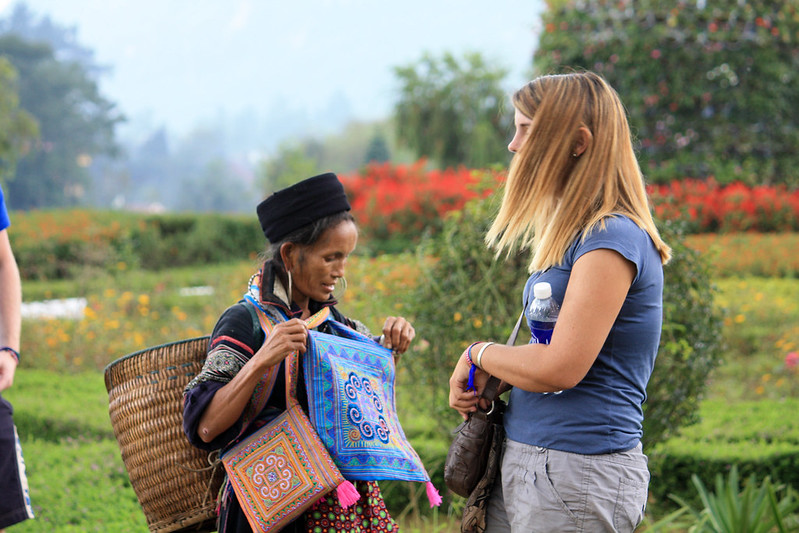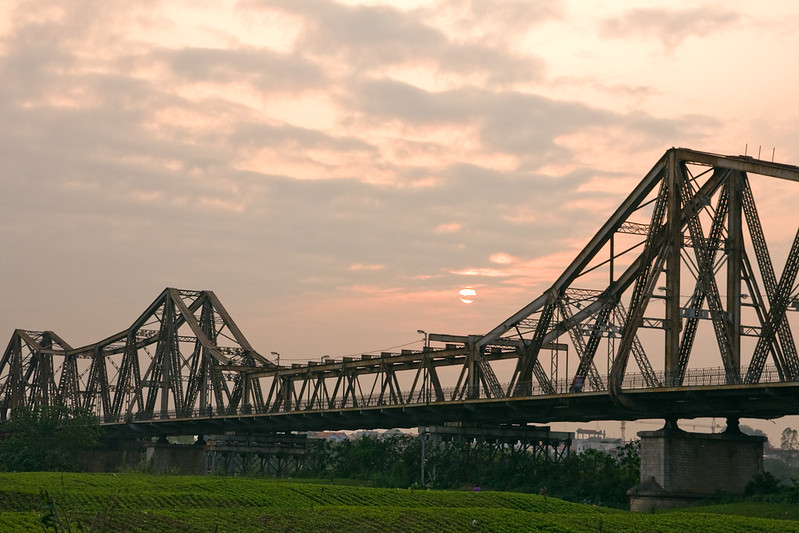Discover key etiquette and cultural tips for visiting Vietnam's temples and pagodas, ensuring a respectful and enriching experience.

Visiting temples and pagodas in Vietnam offers a captivating glimpse into the country’s rich spiritual traditions and cultural heritage. However, these sacred spaces come with specific customs and etiquette that visitors must follow to show respect for local beliefs. Here are some essential cultural tips for navigating these spiritual sites during your travels.
Dress Modestly and RespectfullyAs places of worship, temples and pagodas require visitors to dress modestly. Ensure your shoulders and knees are covered, and avoid revealing clothing such as shorts or tank tops. Many temples provide sarongs or shawls for those who may forget, but it’s best to come prepared to show respect for the sacred environment.
Remove Your Shoes Before EnteringIn most Vietnamese temples and pagodas, removing your shoes before entering the main hall is customary and a sign of respect. Look for shoe racks outside the entrance or follow the lead of other visitors. This practice helps maintain the cleanliness of these sacred spaces.
Keep Noise Levels LowTemples and pagodas are designed for quiet reflection and prayer. When visiting, keep your voice low and be mindful of your surroundings. Avoid making loud noises, playing music, or using your phone in a disruptive manner to maintain the serene atmosphere.
Avoid Flash PhotographyWhile capturing the beauty of these architectural wonders may be tempting, many temples have strict rules against photography, particularly with flash. Always check for signage regarding photography permissions, and never photograph statues of deities unless explicitly allowed, as it can be seen as disrespectful.
Offerings and DonationsIt’s common to see worshippers making offerings of fruit, flowers, or incense at temples. As a visitor, you’re welcome to participate, but it’s essential to adhere to the customs. Never place offerings directly on statues or altars; use designated areas for incense burning. Donations are appreciated to support temple upkeep but are not mandatory.
Be Mindful of Your BehaviorWhen visiting temples and pagodas, avoid pointing at statues, altars, or monks, as this can be perceived as disrespectful. Similarly, refrain from touching sacred objects unless explicitly permitted. If you’re uncertain about proper behavior, observe the locals or ask for guidance.
Respect the WorshippersMany locals visit temples and pagodas to pray and meditate. Give them space, avoid interrupting, and be mindful not to block pathways or disturb those in prayer. Always walk clockwise around statues or altars, following the flow of other worshippers.
Visiting During FestivalsIf your visit coincides with a religious festival, you’ll have a unique opportunity to witness local traditions. However, these events can become crowded, so exercise extra caution and respect for the sacred space. Festivals often involve special rituals, so take time to observe and learn.
Combine Spiritual and Cultural ToursTo fully immerse yourself in Vietnam’s rich culture, consider combining temple visits with cultural tours. For instance, in Hanoi, a street food walking tour can provide insights into both local culinary and spiritual traditions. Additionally, exploring Halong Bay’s pagodas can offer a serene setting for meditation and reflection, complementing your spiritual journey.
ConclusionTemples and pagodas are integral to Vietnam’s cultural and spiritual identity. By following these tips, you’ll show respect for local customs and enrich your experience as you explore these sacred places. Whether visiting a bustling urban temple or a peaceful mountain pagoda, understanding and honoring local traditions will enhance your journey through Vietnam's spiritual landscape.





















